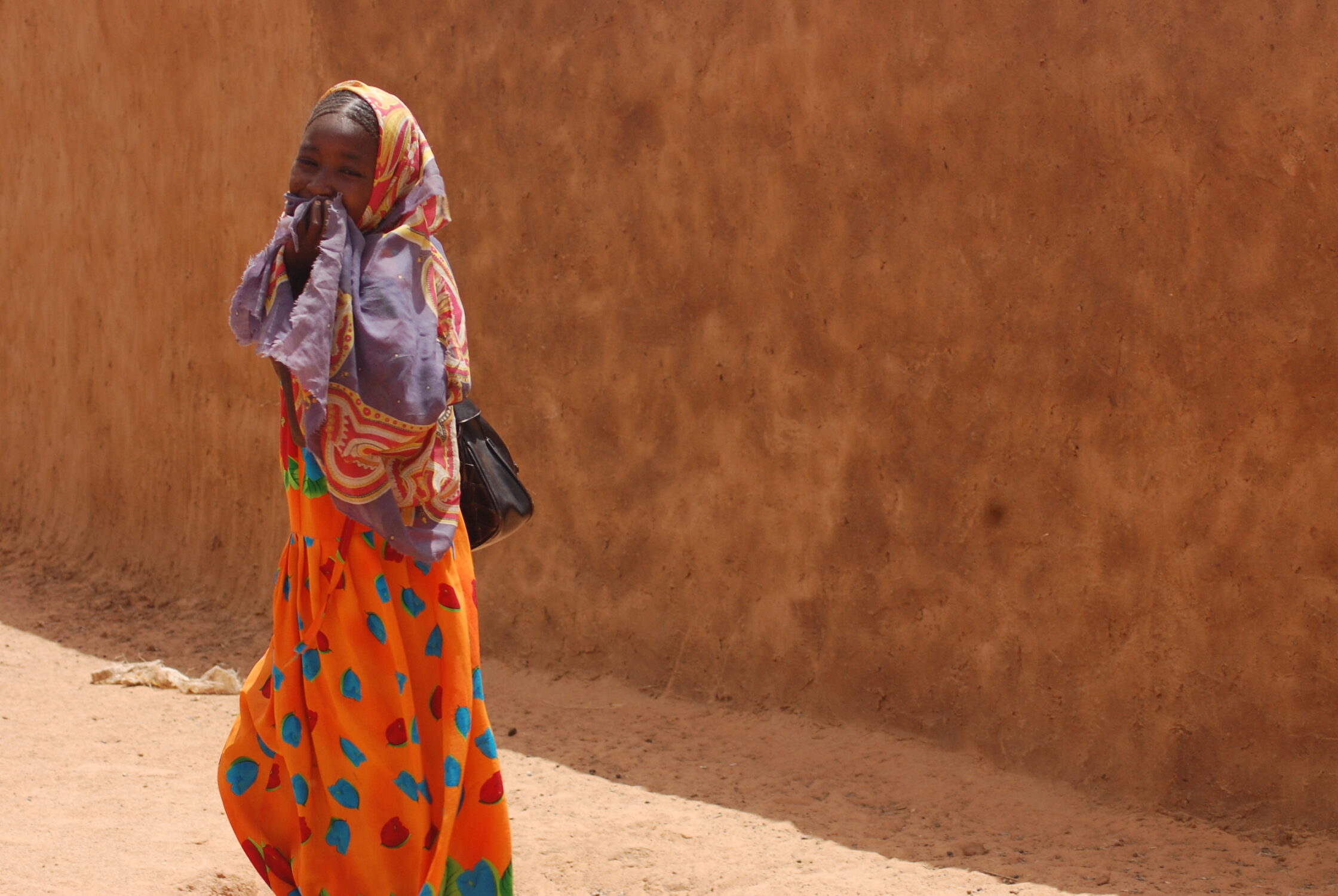They Told Me Not to Forget Darfur. Then I Did.

Twelve years ago, when I was a high school student living in a small New England town, I remember hearing about Darfur. I remember seeing news reports about the terrible conflict there, and about the hundreds of thousands of people whose villages had been burned or bombed, forcing them into exile.
I remember seeing video shot in eastern Chad, where Darfuri refugees had started to gather – striking images of desperate people, and of a landscape so harsh it looked more like Mars than anything I had seen here on Earth. I remember the campaigns of celebrities like Mia Farrow and George Clooney, and the pictures of Antonovs scribbled in crayon by Sudanese six-year-olds. I remember school bake sales for Darfur, and sanctions, and divestment, and a peacekeeping mission deployed to stop the violence.
Then, around 2007 or so, I remember not hearing much about Darfur anymore. The conflict, and the enormous humanitarian crisis it created, had gone out of my mind. Countless op-eds and activists had warned me: “Don’t forget about Darfur.” But I did.
In the years since then, Darfur has mutated into a protracted crisis. The underlying conflict – long simplified as one between an Arab government and an oppressed black African minority – has become increasingly opaque and fragmented. Attempts to negotiate a peace have stalled out. Peacekeepers from the African Union and United Nations have been hamstrung by rebel forces, by Khartoum, and by the very governments who sent them. Humanitarian needs have continued to mount, with the number of internally displaced people shooting up to 2.5 million – a 25 percent increase in just the last 18 months.
And what about the Sudanese refugees in Chad? Today, 12 years after first fleeing their home country, they are still stuck. Roughly 362,000 are still living in 13 camps along Chad’s eastern border. As their exile has become prolonged, the amount of assistance they receive has declined. Many of the aid agencies that once supported them have moved on. Yet the refugees themselves will remain. What will become of them? My colleague Ann Hollingsworth and I are heading to eastern Chad to find out.
For the next two and half weeks, Ann and I will be meeting with Sudanese refugees and the people who serve them. We’ll be learning how aid cuts are affecting the most vulnerable, what refugees and their Chadian hosts need most from the international community, and what – if anything – can be done to create durable solutions for this long-suffering population. I hope you’ll join us here on RI’s blog, and on Facebook and Twitter.
Photo: A Sudanese refugee living in eastern Chad’s Oure Cassoni camp.